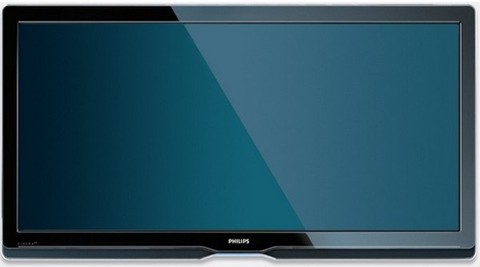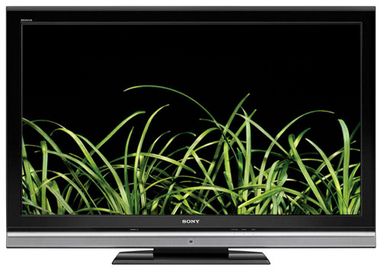Introduction

We all know today how smaller and thinner televisions have become from the old days. If you don’t then you are either a rich kid or too young to know what we are talking about. There was a time when televisions weighed almost as heavy as 20kgs and were no larger than 20 inches. Today, a 20kg Television is like a 70 inch flat LCD widescreen monitor. Now that is progress. You cannot buy any display unit, without it being some kind of LCD or LED and widescreen. We use them in laptops, computers, televisions, car screens, airplane screens, hospital equipment, digital cameras and video cameras and if allowed to continue, a page could be filled with this list. With manufacturers are improving the LCD technology the screen sizes are getting bigger and lighter and still prices keep dropping. It didn’t take long for them to come with LCD widescreen monitor. They first came in to popularity after 2005.
History

First let’s understand how LCD works. LCD technology was first introduced in 1971 and was mostly used in watches and calculators. Over the years the technology was adopted for use in hospital equipments, airplane panels and industrial electronics. It was the use in laptop screens that really boosted the LCD popularity although LCD televisions came into being first. Instead of using the cathode ray tubes like the old CRT monitors LCD monitors use liquid crystal to make pixels. Thin sandwiches of LCD cells make up pixels that together make the display. Now when LCD televisions came to being and laptops with LCDs gained popularity, LCD monitors started to pick up sales as well. In fact, since its existence in the market from starting 2000s, it was only up till 2005 that LCD monitors were selling more than the old CRTs. By the end of 2007 CRT monitors were hardly on any companies manufacturing line. This is when LCD widescreen monitor started to be used.
Features

During the early years of 2000s and up till 2003 and 2004, most LCD monitors used aspect ratios of 4:3 and 5:4 but by the end of 2007 almost all monitors that were top sellers and top rated in the market were of 16:9 or 16:10 ratio, which were the widescreen sizes. The 16:9 resolution screens became most common after 2009, after Apple introduced the 16:9 screen resolutions with dimensions 2560x1440. The thing was that 16:10 resolution screens were perfect but 16:9 resolutions screens were more economic. In fact by 2011 all major brands like Samsung, Acer and HP were producing 16:9 resolutions screens and had stopped manufacturing 1900x1200 resolutions. This is how LCD widescreen monitor replaced the traditional square LCD monitors. The reason was that widescreen monitors were economic to make, provide higher resolution and wider aspect ratio, can provide and are compatible with high definition entertainment systems and provided great diversity opportunities for PC companies.
Tips and Comments
Today the traditional square or 4:3 LCD monitors are still being manufactured but in small quantities due to falling demands. LCD widescreen monitor is even being used in offices as in some cases they have proven to boost employee morale. This was mostly in the graphics and media industries.